
What is bokeh? Technically the word “bokeh” refers to the quality of the blur of out-of-focus parts of a photograph produced by a lens. But most photographers these days seem to use the term to refer to the blur itself. So who am I to deviate from the prevailing evolution of photography terminology?
In your next assignment for the Outdoor Photography Guide Photo Challenge, you’re going to learn how to produce the bokeh effect and get idea for making it a prominent element in your photos. Read through this post for specific tips and ideas for creating bokeh, and make sure to check out the inspiration gallery below.
But first, watch this video for some words of advice on bokeh from this week’s guest expert, Greg Basco:
Remember to join the Photo Challenge Facebook Group to share your shots from this week’s assignment!
Tips for creating bokeh
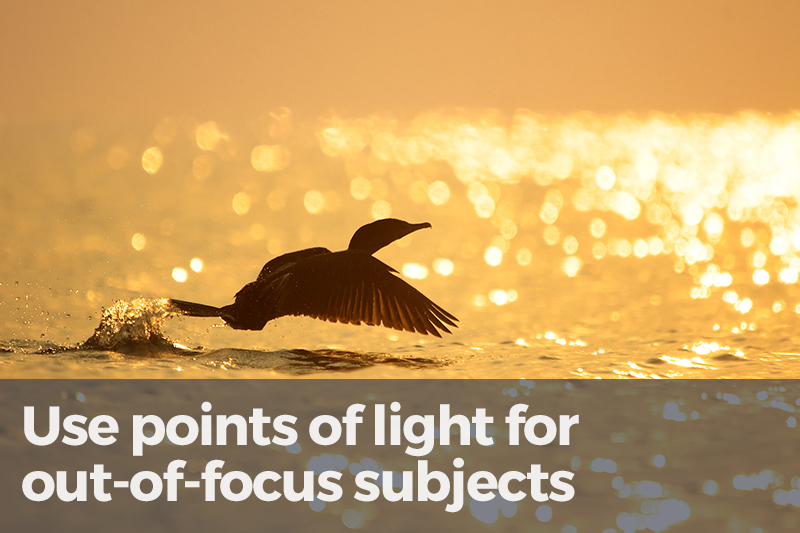
The bokeh effect is most pronounced when you use points of light for your out-of-focus subjects. These bright highlights can be city lights at night, specular highlights on sunlit waves, or even sunlit leaves in a forest. Photo by Ian Plant. Chesapeake Bay, USA. Canon 20D, 500mm, ISO 200, f/6.3, 1/2500 second.
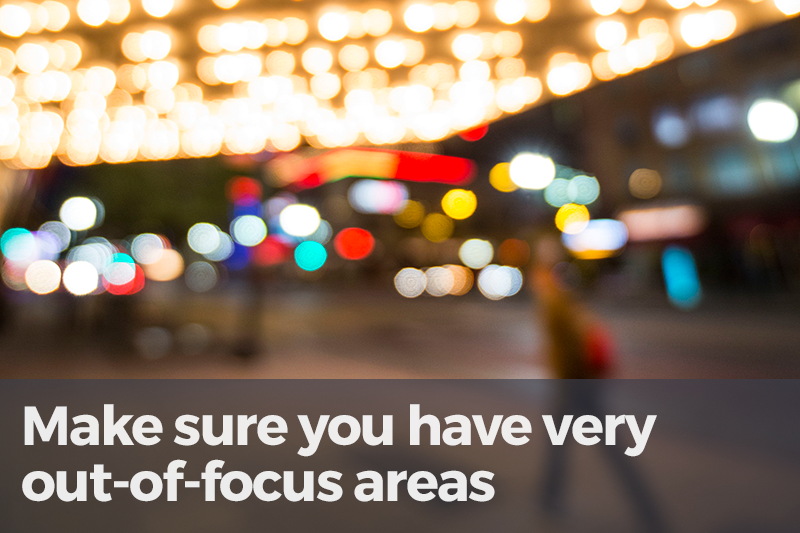
To produce a strong bokeh effect, you need areas of your photograph that are very out of focus. That’s easy enough to do right? You could simply defocus your lens, rendering the entire scene out of focus. For this image of the entrance to the Orpheum Theater in Minneapolist, I did exactly that, using the closest focusing distance of my lens in order to produce a bokeh effect across the entire image frame. I also selected the lens’ widest aperture (f/2.8) to ensure minimal depth of field and prevent any part of the image from being rendered in focus. The intentional defocusing creates an abstract rendering of all visual elements. Photo by Ian Plant. Canon 5DIII, 15mm, ISO 400, f/2.8, 1/25 second.
But that’s just one way of approaching this assignment!
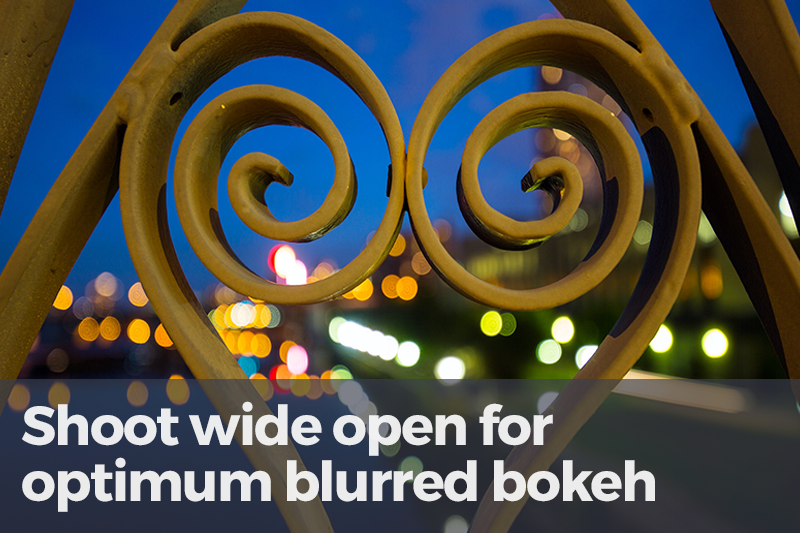
Your selection of aperture will have a significant impact on the appearance of bokeh. By shooting wide-open (such as f/2.8 or f/4), you’ll create big, blurry bokeh blobs. A pleasing bokeh blur is easier to achieve with longer focal lengths (because they have a shallower depth of field), but you can also achieve pleasing blurs with wide-angle lenses. No matter what lens you use, getting close to your subject is often a good strategy for optimizing the bokeh effect, which is what I did for this photo. Photo by Ian Plant. Minneapolis, USA. Canon 5DIII, 15mm, ISO 100, f/2.8, 2 seconds.
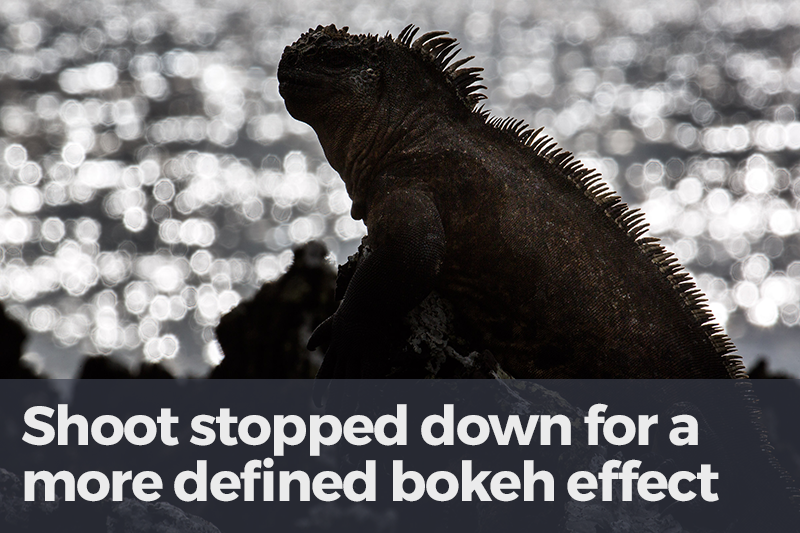
I was looking for a mysterious presentation of this marine iguana, so I selected a position which allowed me to include specular highlights of sunlight reflected in the background water. A small aperture renders the bokeh orbs as smaller and more defined than if I had used a wide-open aperture. Photo by Ian Plant. Galapagos National Park, Ecuador. Canon 5DIII, 560mm, ISO 100, f/32, 1/200 second.

If you get really close to your subject and the background is far away, then the bokeh effect will be more pleasing than if the background is relatively close. You should be able to easily see this effect through your camera viewfinder or Live View. For this image of ringed kingfisher, I was lucky to get within ten feet of the bird, throwing the background pleasingly out of focus. Photo by Ian Plant. Pantanal, Brazil. Canon 5DIII, 560mm, ISO 1000, f/5.6, 1/1000 second.

Don’t just add bokeh into your photos and expect good results. You have to think critically about where you put the bokeh orbs, and how they affect your overall composition. For this image, I got close to some backlit pine needles, and shot through them in order to render them as colorful bokeh blurs. I selected a position which allowed me to creatively frame the bison with the resulting orbs. Photo by Ian Plant. Yellowstone National Park, USA. Canon 5DII, 500mm, ISO 100, f/4, 1/400 second.

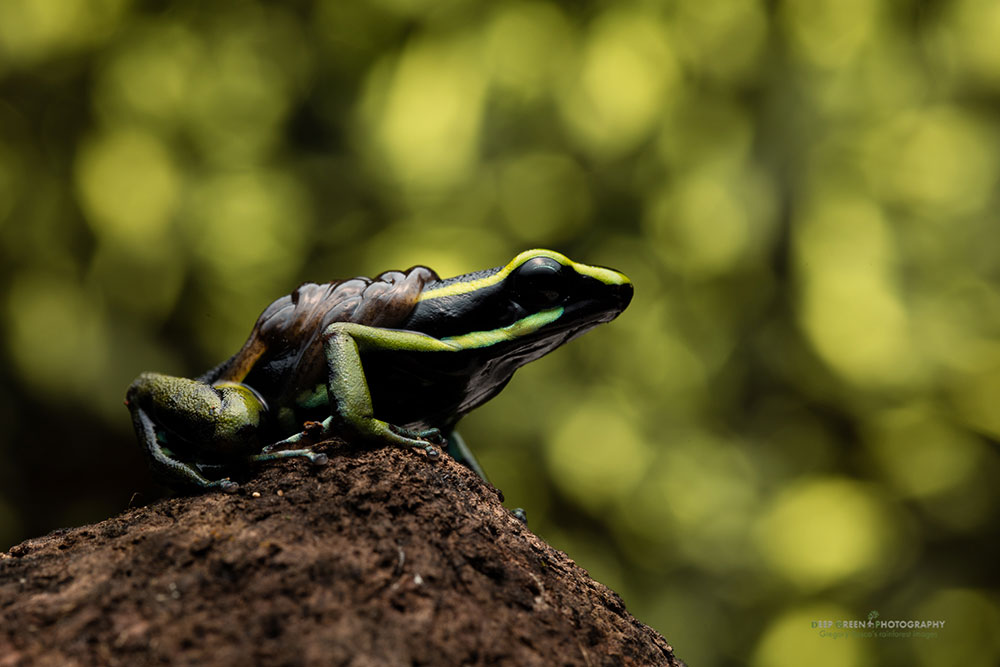
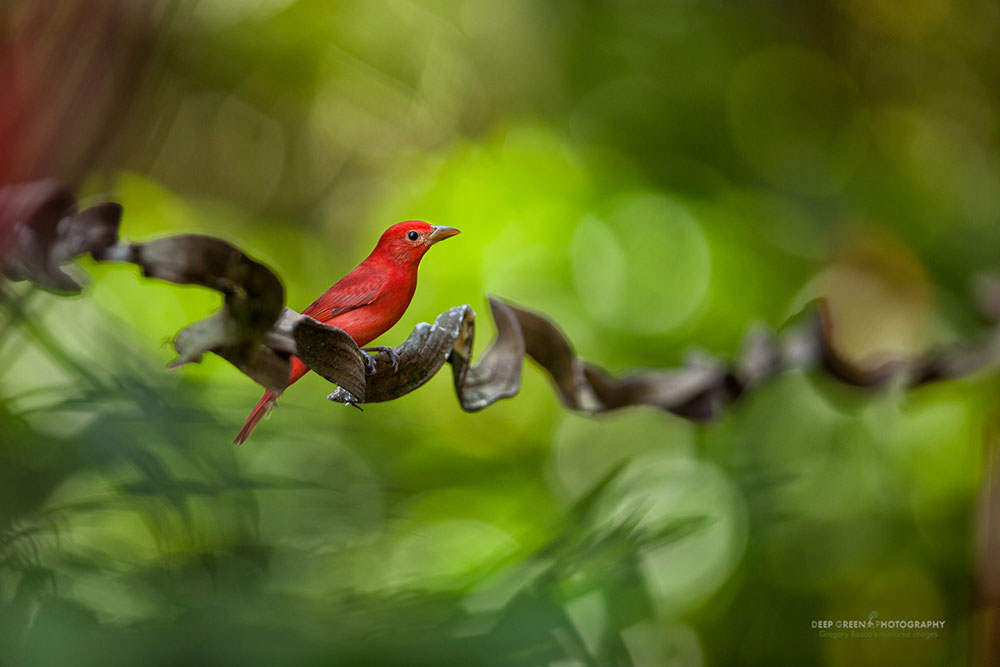
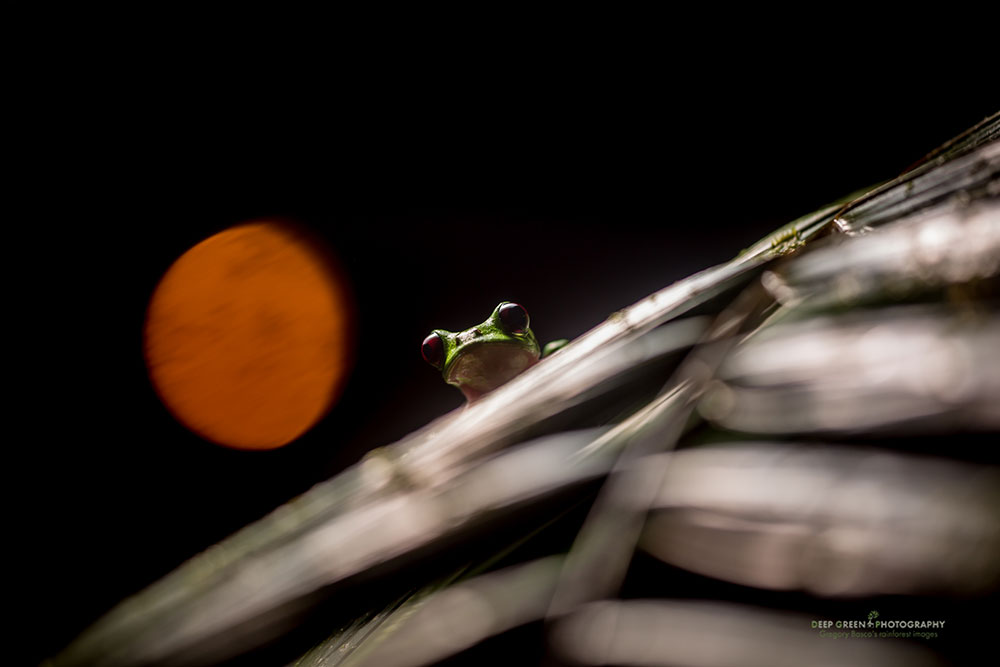


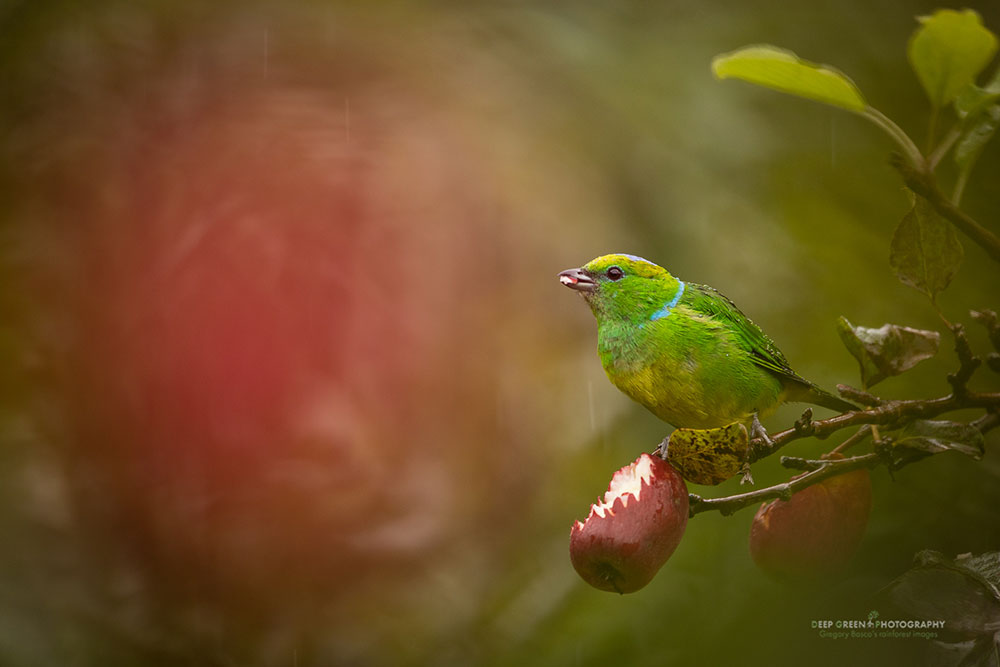

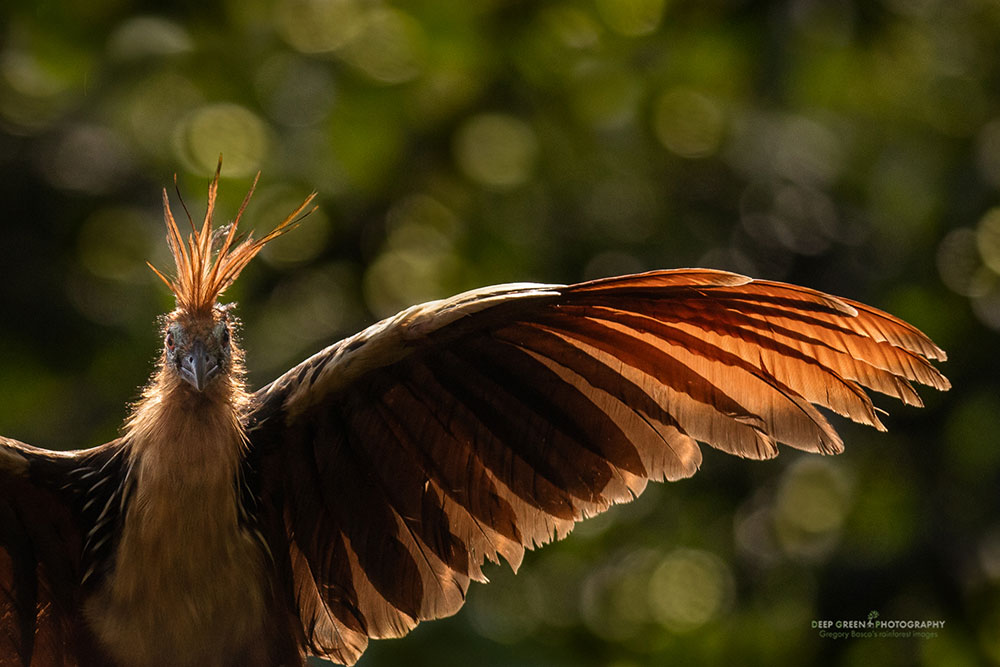


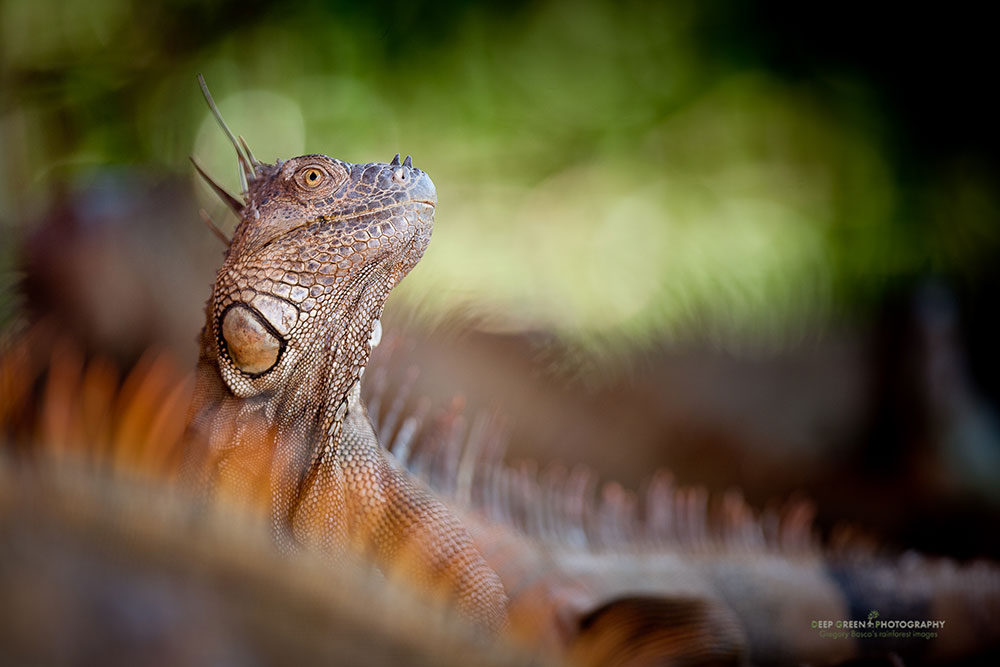
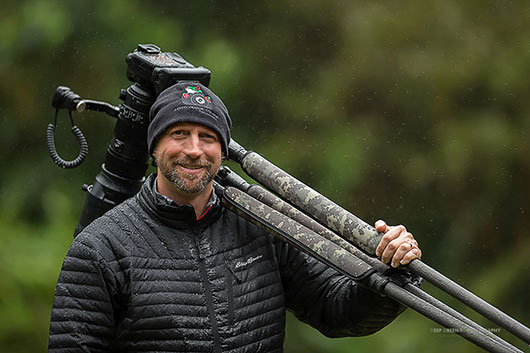




EDWARD